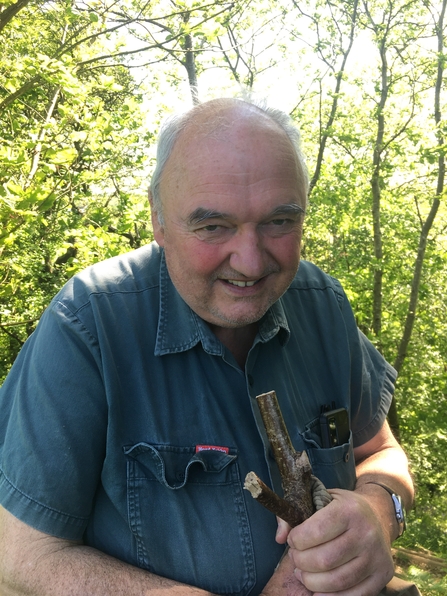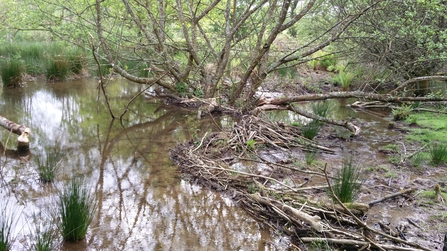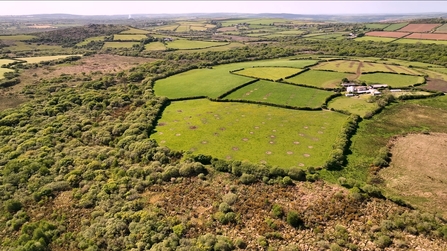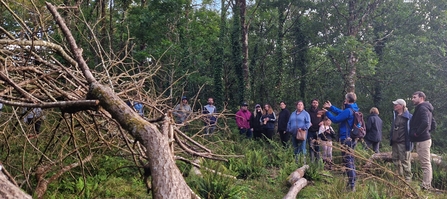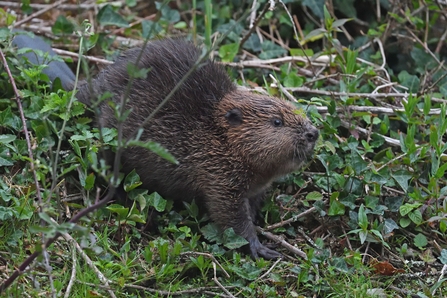I’ll never forget the presentation Derek Gow gave to our board in 2012. There was huge excitement in the room discussing such bold and ambitious ideas. Derek is a farmer, author, and all-round expert in the reintroduction of keystone species, and approached us to seek our support in reintroducing beavers to Cornwall.
It was understanding the possibilities of what beavers’ activities could do for wildlife that made me realise this was something Cornwall Wildlife Trust needed to be involved in. After years of reading gloomy statistics about habitat loss and species decline in Cornwall, it was becoming clear we needed bolder approaches if we were going to make a real difference – and I was becoming convinced that beavers could do exactly that. The board agreed and decided Cornwall Wildlife Trust should become involved in the reintroduction of beavers!


